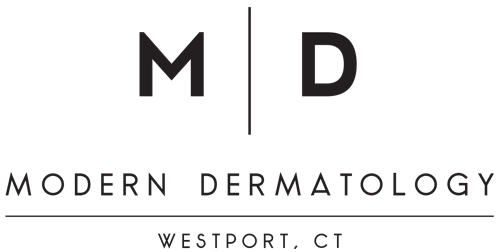Acne scarring
Acne scarring can affect self-image and be quite troubling to many individuals. There are different types of acne scarring most commonly categorized as the following:
Depressed (“atrophic”) scars are the most common type of scarring and present as “pits” in the skin, typically on the face
Raised (“hypertrophic”) scars are more commonly found on the back and chest
Treatment Options
For depressed scars the following treatment options may be recommended by your dermatologist:
Microneedling or collagen-induction therapy to puncture the skin and incite collagen remodeling and rejuvenation. These procedure can be done in office by your board-certified dermatologist after topical numbing cream is applied to reduce the pain. Treatment may cause some swelling and bruising. Most patients require 3-6 monthly treatments as results are gradual.
Resurfacing procedures – for widespread scarring, aggressive laser resurfacing, chemical peels, or dermabrasion may be recommended to remove layers of skin, create injury, and induce new collagen formation.
Raised acne scars are often treated with the following approaches:
Injections – a series of steroid or 5-fluorouracil injections can soften and flatten a raised hypertrophic scar. Most injections are performed as a series of 2-6 monthly treatments.
Acne surgery – in office excision of the affected scar followed by injections of corticosteroids may be recommended.
Cryosurgery – a series of sessions can freeze the scar tissue, causing it to die and fall off. When complemented by corticosteroid injections this treatment is more effective.
Topical scar creams and dressings – many times available without a prescription, these products can help reduce any itch, pain or discomfort as well as flatten and reduce the size of raised scars. Silicone dressings can also help by hydrating the skin and many silicone gels also are impregnated with SPF.
Most scars can also respond favorably to laser therapy. Laser can treat raised scars that do not respond to other treatment methods. A pulsed dye laser (PDL) can help reduce any pain, diminish color and flatten a raised scar.
There are some consistent characteristics of acne that are more likely to lead to scarring:
Inflammatory acne – swollen, red and painful cysts and nodules tend to penetrate deep into the skin causing more damage
Delayed treatment – the longer a person suffers from acne the greater the risk of scarring
Picking – picking/squeezing/popping increases inflammation, which increases the risk of scarring
Genetics – a family history of acne scarring indicates a higher likelihood to develop scarring

